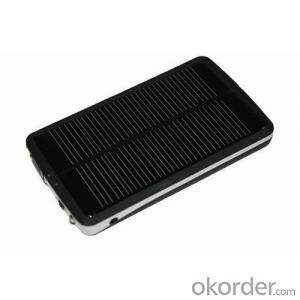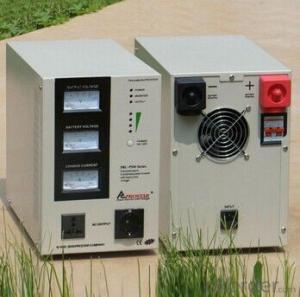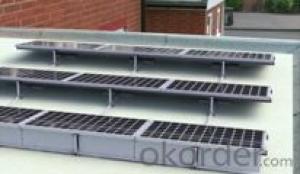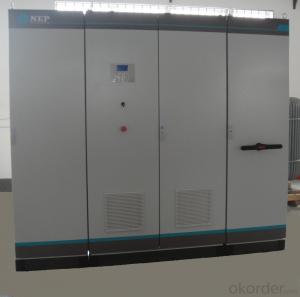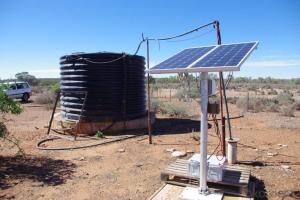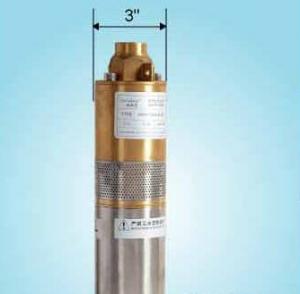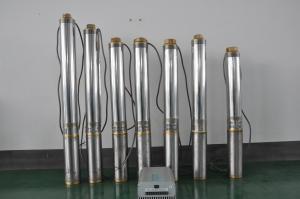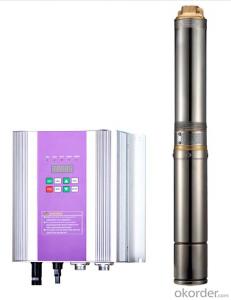Best Solar Inverter App
Best Solar Inverter App Related Searches
App For Solar Inverter Best Solar Inverter Best Inverter Solar Solar Inverter Best The Best Solar Inverter Best Solar Power Inverter Solar Edge Inverter App Solar Best Inverter Best Inverter Solar System Best Solar Battery Inverter Huawei Solar Inverter App Tesla Solar Inverter App Best Inverter For Solar Best Solar Inverter For Home Best Inverter Solar Panel World Best Solar Inverter Best Solar Panel Inverter Best Inverter For Solar System Best Home Solar Inverter Best Solar Pump Inverter Best Solar Inverter Generator Which Solar Inverter Is Best Top Solar Inverter Best Inverter For Solar Panels Sofar Solar Inverter App Sma Solar Inverter App Solis Solar Inverter App Best Solar Inverter Charger Best Solar Inverter 2019 Best Solar Inverter BrandsBest Solar Inverter App Supplier & Manufacturer from China
The Best Solar Inverter App is a comprehensive tool designed to manage and monitor solar power systems, providing users with real-time data and control over their energy production. This innovative application is particularly useful for homeowners and businesses that have invested in solar energy systems, as it allows them to optimize their energy usage and reduce costs. By offering features such as performance tracking, system diagnostics, and remote control, the Best Solar Inverter App ensures that users can maximize the efficiency of their solar panels and make informed decisions about their energy consumption.The application of the Best Solar Inverter App spans across various scenarios, from residential to commercial settings. It is an essential tool for those looking to harness the power of the sun and make the most out of their solar energy investment. By providing detailed insights into the performance of solar panels and inverters, the app enables users to identify any issues that may be affecting their system's efficiency and take corrective action promptly. This not only helps in maintaining the health of the solar system but also contributes to the overall sustainability efforts by promoting clean and renewable energy sources.
Okorder.com is a leading wholesale supplier of the Best Solar Inverter App, boasting a vast inventory that caters to the needs of customers worldwide. As a reliable source for this cutting-edge technology, Okorder.com ensures that customers have access to the latest versions of the app, along with any necessary updates and support. By offering a wide range of options and competitive pricing, Okorder.com has established itself as a go-to destination for those seeking to enhance their solar energy systems with the Best Solar Inverter App.
Hot Products

